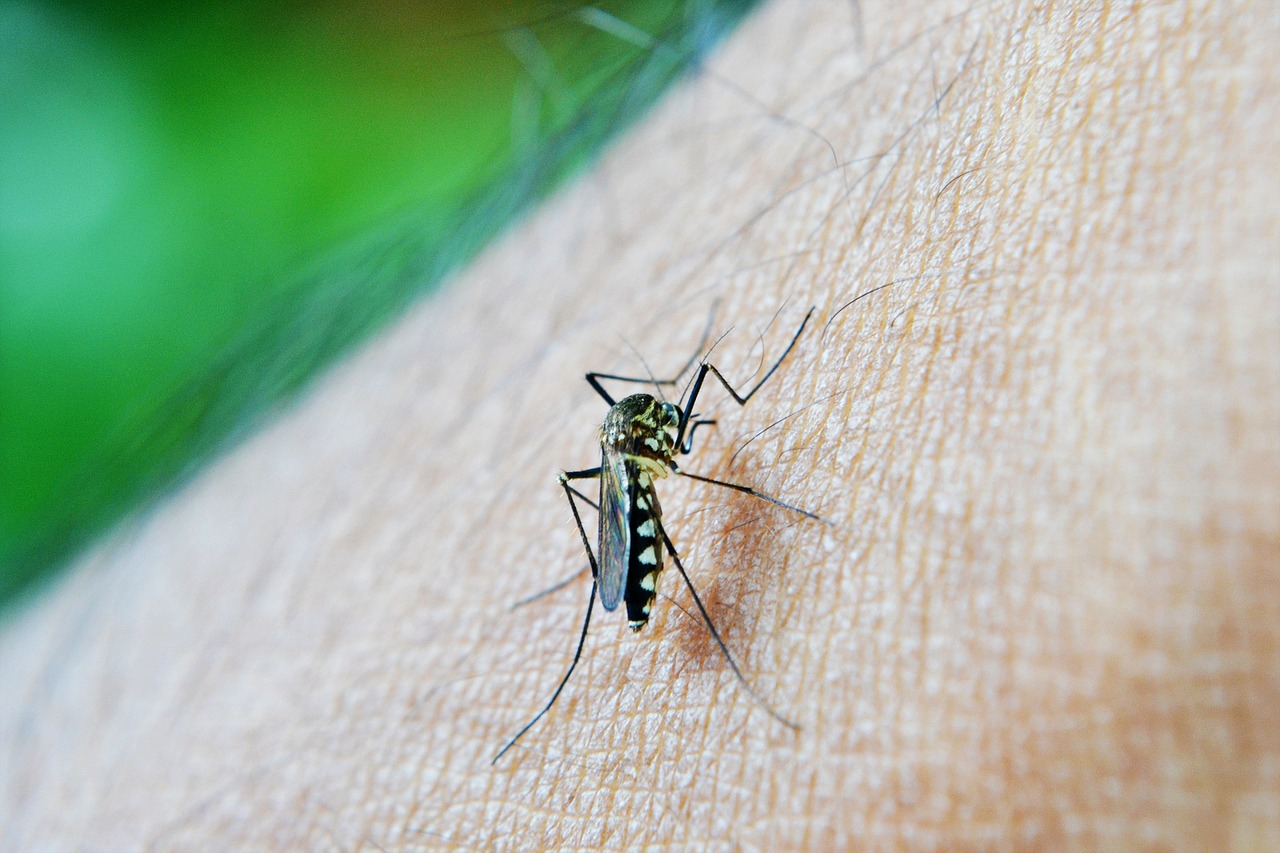Headline
Dengue cases hike by 30% in June amid rainy season

The total number of dengue cases since the start of the year has totaled to 90,119, with 233 deaths. (Pixabay photo)
By Joyce Ann L. Rocamora, Philippine News Agency
MANILA – The number of dengue cases has increased by 30 percent as of June 29 amid the rainy season, the Department of Health (DOH) reported Tuesday.
Citing its latest data, the DOH said from 6,323 dengue cases reported last May 19 to June 1 or the start of the rainy season, the figure rose to 8,246 from June 2 to June 15.
“Dengue cases are rising as expected due to the rainfall, which allows more water to pool and be stagnant. Left unchecked, Aedes aegypti mosquitoes responsible for spreading dengue will breed in these stagnant pools of water,” the DOH statement read.
The total number of dengue cases since the start of the year has totaled to 90,119, with 233 deaths.
This is 19 percent higher than the previous year’s tally of 75,968 over the same period, the DOH said.
Based on the epidemic curve, it noted that cases on a weekly basis in 2024 went above what was observed in 2023 from Jan. 1 to May 11.
From May 12 to June 29, on the other hand, the weekly case numbers have returned to either below or just slightly above what was recorded in 2023.
The DOH said this may be attributed to the ongoing intensified efforts of local governments to kill mosquitoes by searching and destroying their breeding water.
Over the past six weeks prior to June 29, the DOH monitored a spike in dengue cases in the regions of Mimaropa, Cagayan Valley, Western Visayas, Ilocos Region, Central Luzon, Calabarzon and the National Capital Region.
The DOH advised the public to follow the “4S strategy,” which it said is proven to combat dengue.
-Search and destroy mosquito breeding grounds by eliminating stagnant water and their containers;
-Self-protect by using insect repellent and wearing long-sleeved shirts and long pants;
-Seek early consultation with a doctor or health worker for any symptoms; and
-Support fogging or spraying in a local hotspot or outbreak areas where an increase in cases is registered.

